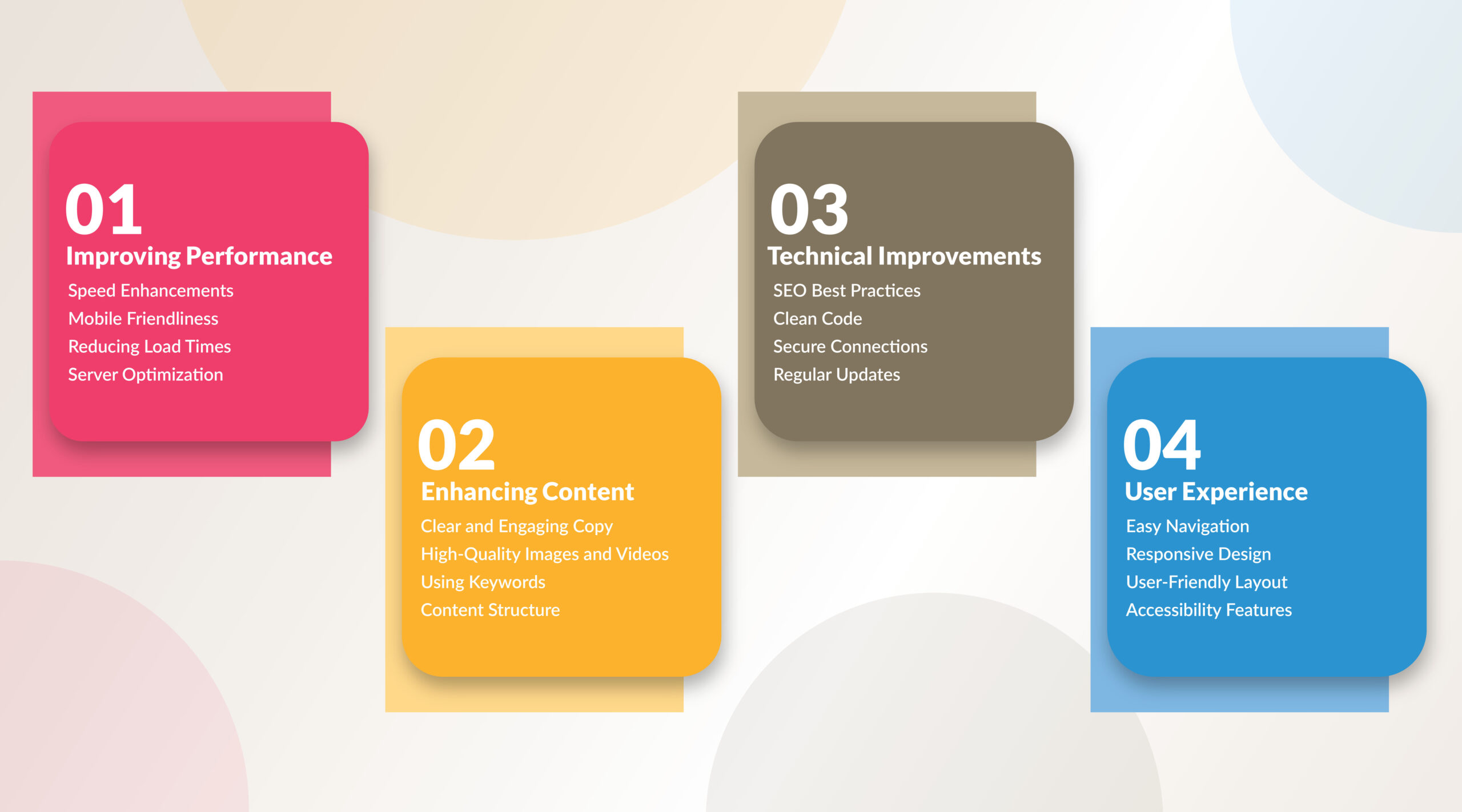In the fast-paced digital age, where first impressions are formed in milliseconds, website speed is no longer a luxury—it’s a necessity. Whether you’re running an eCommerce store, a blog, a corporate website, or a SaaS platform, optimizing your website speed is one of the most impactful ways to boost user experience, improve search engine rankings, and increase conversion rates. In a highly competitive market, this single factor could be the difference between gaining a loyal customer and losing one to a faster-loading competitor.
Why Website Speed Matters
1. User Experience.
User experience (UX) is at the heart of any successful website. A slow website frustrates users, causing them to abandon the site before it even loads. According to a Google study, 53% of mobile users will leave a page that takes longer than three seconds to load. In a world where consumers expect instant gratification, even a one-second delay can make a significant impact.
When a website loads quickly, users can navigate effortlessly, interact with features seamlessly, and complete actions without interruption. A smooth and fast digital journey encourages longer session durations, more page views, and ultimately, greater engagement.
2. SEO and Search Rankings
Search engines optimization like Google prioritize user experience, and site speed is a core metric in their ranking algorithms. In 2021, Google rolled out Core Web Vitals as part of its Page Experience Update, focusing on elements like load time, interactivity, and visual stability. Websites that meet these benchmarks enjoy higher rankings in search engine results pages (SERPs).
That means if your competitors have optimized their site speed and you haven’t, you’re automatically at a disadvantage in organic search visibility—potentially missing out on thousands of qualified leads.
3. Conversion Rates and Revenue
Speed is directly linked to conversions. Amazon famously discovered that every 100ms of latency cost them 1% in sales. Similarly, Walmart saw a 2% increase in conversions for every 1 second of improvement in load time.
In eCommerce and other online services, faster websites facilitate quicker decision-making. When users don’t have to wait, they’re more likely to follow through on a purchase, sign up for a service, or share your content. The faster your site, the more money you’re likely to make—plain and simple.
Common Causes of a Slow Website
Before we dive into solutions, it’s essential to understand why websites slow down in the first place. Here are some common culprits:
-
Large, unoptimized images: High-resolution images are beautiful but can drastically increase load times if not properly compressed.
-
Excessive HTTP requests: Every file (images, scripts, stylesheets) requires a request to the server. Too many of these can create bottlenecks.
-
Render-blocking JavaScript/CSS: Scripts that load before the main content can delay page rendering.
-
Inadequate hosting: Cheap shared hosting may not provide the performance needed for high-traffic or media-rich websites.
-
Lack of caching: Not leveraging browser or server-side caching can force repeat visitors to reload assets unnecessarily.
-
Poorly optimized code or plugins: Bloated or outdated code can slow down your website significantly.
How to Optimize Website Speed
Optimizing website speed doesn’t have to be overly complex. Here’s a step-by-step approach that covers the most effective techniques:
1. Run a Website Speed Test
Tools like Google PageSpeed Insights, GTmetrix, or Pingdom provide detailed reports on what’s slowing down your site and how to fix it. These tools grade your performance and often offer actionable insights.
2. Compress and Optimize Images
Use image formats like WebP or AVIF, and tools such as TinyPNG or ImageOptim to compress images without sacrificing quality. Serve scaled images appropriate to the device’s screen size.
3. Minimize HTTP Requests
Combine CSS and JavaScript files where possible. Limit the number of fonts and external resources. Load only what’s necessary for each page.
4. Enable Browser Caching
Caching allows frequently accessed files to be stored locally on a user’s browser, reducing the need to download them every time the user returns.
5. Use a Content Delivery Network (CDN)
A CDN distributes your content across multiple servers around the globe. It ensures that users load your website from the closest server, significantly improving load times.
6. Minify HTML, CSS, and JavaScript
Minification removes unnecessary characters like whitespace and comments, reducing file sizes and speeding up download times.
7. Choose a High-Performance Hosting Provider
Don’t skimp on hosting. Look for providers that offer scalable resources, SSD storage, and server-side caching solutions.
8. Implement Lazy Loading
Lazy loading defers the loading of non-critical images and resources until they are needed (e.g., when the user scrolls to them). This improves initial load times and user perception of speed.
9. Optimize Database Performance
For dynamic websites like WordPress, cleaning up your database, removing outdated posts, and optimizing queries can greatly improve performance.
10. Use Modern Frameworks and Technologies
Switch to lightweight frameworks and adopt best practices like asynchronous loading, preloading key requests, and leveraging HTTP/2 where available.
Conclusion
Website Speed Optimization in Dubai, UAE’s Competitive Market is not a one-time task—it’s a continuous effort. As technologies evolve and user expectations rise, maintaining a fast, responsive, and accessible website is a vital part of your digital strategy.
In today’s competitive market, speed is no longer optional. It’s a critical edge. By investing in website speed optimization now, you’re investing in your users, your brand, and your business’s future.
To discuss your project with our experts Call Us or Whatsapp and Email us at info@zwebsolution.com for more information.







